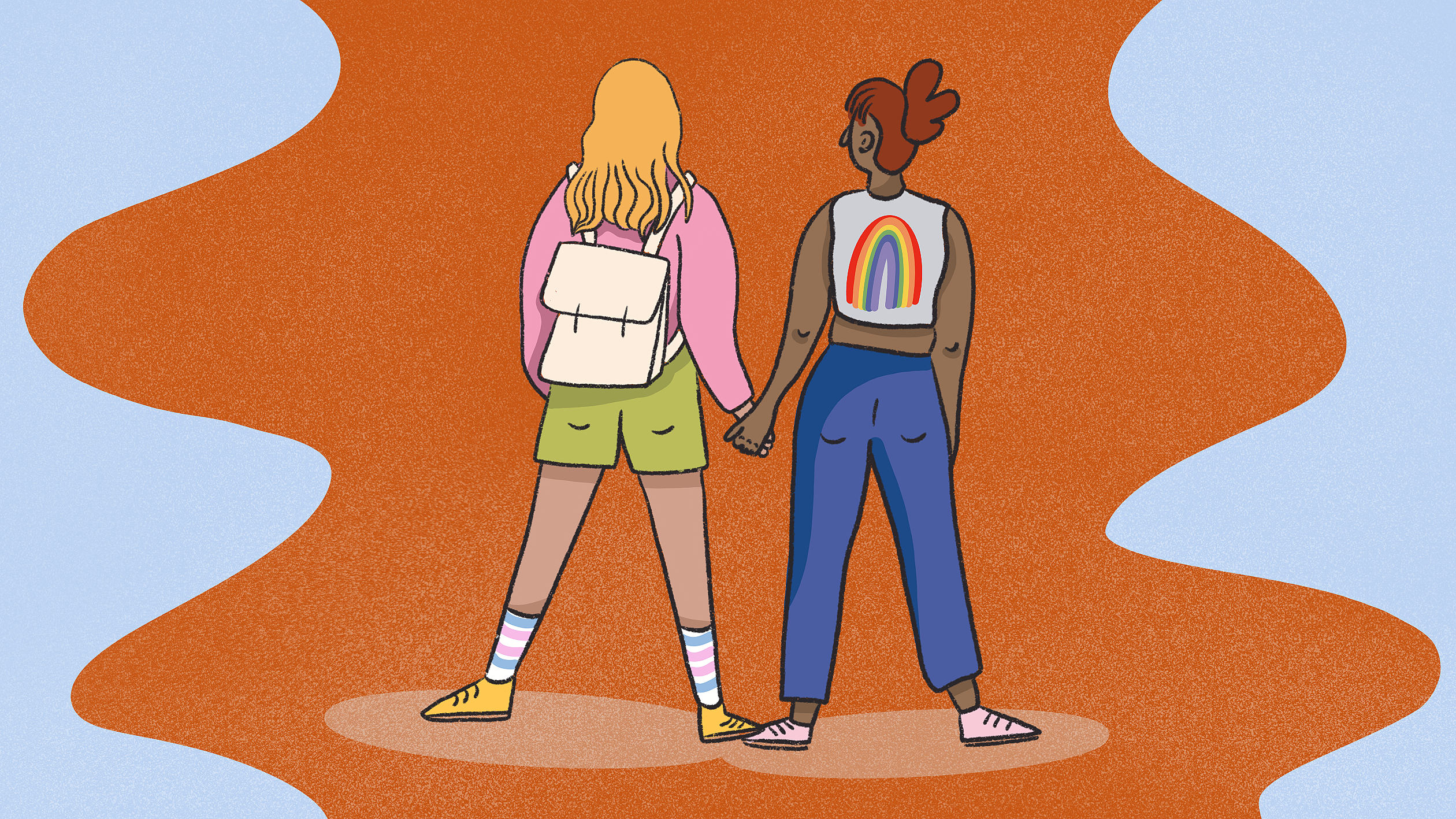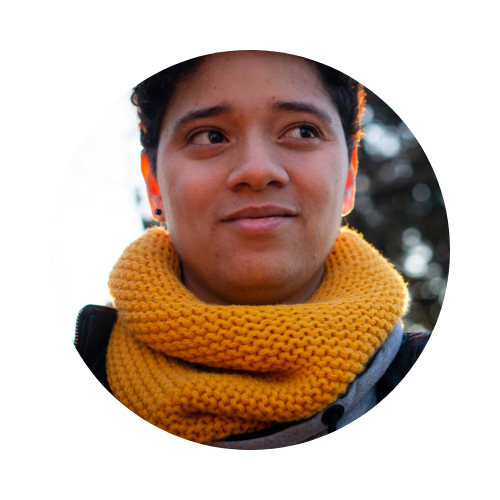
Illustration by Daniela Nunes
Gender, Gen Z, and youth work in conflict and post-conflict areas
by Leo Zbanke
Historically, societies have seen gender roles and identities as malleable constructs, continually evolving in response to cultural, social, and political influences. From the suffragettes of the early 20th century to the more recent global LGBTQ+ rights movement, progress has been made, although slowly, towards a more inclusive understanding of gender. However, during periods of conflict and war, this fluidity and progression can face regression. Wars, by their very nature, compel societies to revert to primitive survival modes, often at the cost of the nuanced understanding of gender identities. This article explores the main gender-related threats in conflict and post-conflict times, and the ways to mitigate them among youth.
 Gender identities in war
Gender identities in war
In modern society, we navigate life through our gender identity. Life is experienced in very different ways by men, women, and non-cisgender people. Everything around us from architecture to literature, from education to job opportunities is shaped by gender roles, norms, and perceptions. To successfully navigate the public spaces, we need to be seen as a certain gender and are expected to behave in a predictable way. We may accept it or strongly oppose but this is the current situation. Needless to say, that person's gender identity will significantly shape their experiences in the time of war.
For young women, war zones become sites of amplified vulnerability. The very gender roles society has sought to challenge – of women as caretakers, nurturers, or symbols of honor – are often weaponized in conflict settings. Sexual violence becomes a tool of war, not just as a means of exerting power but also as a method to destabilize communities. This use of gender-based violence, particularly against women, undermines years of feminist activism, pushing back against the strides made in recognizing women as more than their gender roles.
While young men might not face the same levels of gender-based violence as women, they face an equally potent challenge – that of forced recruitment and the pressures of embodying 'warrior' stereotypes. The longstanding archetype of men as protectors and fighters becomes a heavy mantle to bear. For those who do not conform to this expectation, the consequences can be dire. Thus, war reinforces toxic masculinity, stifling the progress made in fostering emotional openness and vulnerability in men.
When it comes to non-binary and LGBTQ+ youth, they are often subjected to severe discrimination and violence, which can further exacerbate in times of conflict. The modern youth is more likely to be open about their gender identity and to explore it widely, however, in the situation of war this openness may lead to serious security threats.
 What can we do in this situation?
What can we do in this situation?
It would help tremendously to be aware of gender narratives during the war and constantly seek to remind people about the diversity of genders and the ways of experiencing the war's consequences. Protective policies in place might also be a big help.
The existing EU and the Council of Europe's policies regarding gender aim to prevent and combat gender stereotypes, but yet the current war in Ukraine is reinforcing many of them by its nature. It is hard to dismantle traditional gender narratives when you are pushed into the circumstances of survival. To prevent these dangers, effective new policies should be adopted on national and European levels, and the existing ones strengthened to face the new realities.
The conflict in Ukraine creates the risk of a huge setback in gender narratives and gender equality in the country. Gender equality policies should be implemented and closely monitored. The monitoring mechanisms and the ratification of the Istanbul Convention by all states that are receiving refugees are essential to mitigate this risk.
 Gender-based violence
Gender-based violence
Gender-based violence (GBV) isn't solely an external threat. Even before the conflict, women in Ukraine faced GBV. However, the war has exacerbated the situation, placing women and children at increased risk due to heightened societal stress.
In 2022, Ukraine ratified the Istanbul Convention and, despite the circumstances, it is making steps to protect its citizens. In May 2023, after a young woman refused to travel with three men in the same wagon, Ukrainians started to collect signatures to have gendered wagons in the trains. Since the full-scale invasion by the Russian Federation, the Ukrainian airspace is closed, and people are traveling only by trains. The question of safety is crucial, especially in circumstances of war. Sexual, psychological, and physical violence often might happen in closed spaces, especially as war forced people to spend more time inside: apartments, shelters, and trains. During the war, it is hard to gather statistics regarding the number of women that have been victims of different forms of gender-based violence since the war started.
To protect women from sexual, physical violence and other types of gender-based violence is one of the missions of the Council of Europe Gender Equality Strategy. The Council of Europe's strategic objectives for the period 2018-2023 aimed to advance gender equality and promote women's rights by promoting gender equality, combating discrimination, and protecting the rights of women and girls. A new strategy will be implemented in 2024-2029, and it will have the mission to continue with double effort the work of promoting gender equality to fill the gap created by the war and stop the possible setback in achievements. Along with the protection of women, one of the objectives of this strategy is the protection of vulnerable groups. The LGBTQ+ community is in the forefront when it comes to gender-based violence during armed conflicts.
 LGBTQ+ rights and safe spaces for queer refugees
LGBTQ+ rights and safe spaces for queer refugees
Arguably, the group that bears the heaviest brunt in these conflict zones is the LGBTQ+ community. If gender identity becomes pivotal during the conflict, then non-binary and queer identities are particularly at risk. The progress made in recognizing and validating non-binary gender identities is rapidly reversed as societies under duress often resort to conservative norms. In war, there is little room for deviations from the 'norm', leading to heightened discrimination and violence against LGBTQ+ individuals. While seeking refuge in other countries LGBTQ+ individuals face hostility and lack of protective policies.
Fleeing conflict, many LGBTQ+ individuals find themselves in refugee camps where they should ideally feel safe. Yet, the reality is starkly different. Within these confines, they often face heightened discrimination and violence, not just from fellow refugees but sometimes even from the very authorities meant to protect them. The war in Ukraine showed an urgent need to protect policies not only in Ukraine but in all countries that receive refugees.
Marriage equality is extremely important for same-sex couples and can be lifesaving during periods of instability and violence. Legal recognition can facilitate access to the same legal protections as heterosexual couples, including rights related to medical decision-making, immigration for displaced individuals, property rights, and survivor benefits. Also, for LGBTQ+ refugees, marriage can be a way to be eligible for residency.
The access to legal gender recognition for transgender people as well as access to healthcare, including hormone replacement therapy (HRT) is critically affected during conflict. Anti-discrimination laws are needed in the conflict-affected countries, but also in the host countries.
Another situation that LGBTQ+ refugees are facing is discrimination and exclusion in refugee camps and host communities. The refugees often struggle to access essential services, including healthcare, legal assistance, and psychosocial support. Service providers lack the necessary knowledge and sensitivity to address their specific needs, leaving them underserved and at risk of further harm.
Fleeing the country with lack of protection, LGBTQ+ refugees often feel compelled to conceal their sexual orientation or gender identity for their safety. This can have severe psychological consequences, as they live in fear of exposure and potential persecution, further impacting their mental health and well-being.
In many host countries, non-governmental organizations took the role of support system for LGBTQIA+ refugees, opening shelters and providing diverse humanitarian services. The capacity of such organizations is most of the time limited and without a legal framework and governmental support, it is hard to provide support for everyone.
 Gen Z and gender fluid experiences and perspectives of conflict
Gen Z and gender fluid experiences and perspectives of conflict
Generation Z (colloquially known as zoomers) grew up with the Internet, new technologies, and understanding the climate threats. They are socially active, and more accepting of gender diversity and flexibility of gender roles. Gen Z is the generation of “safe spaces”, “consent” and “trigger warnings”. As a result, this generation is less prepared for a full-scaled war where gender roles and tasks are strictly divided. For this gender-fluid generation, the binary system and gender-based division of labour raises questions regarding patriarchy and privileges. The main lesson that this war taught gen Z so far is that there is no such thing as safe space, not anymore. Together with this understanding comes a big deal of gender-based violence inflicted by the conflict that affects all the spectrum of gender diversity.
The impact of these circumstances is not just superficial. They can lead to profound psychological and emotional distress. Being denied the right to express one's true identity or forced to conform to a particular role can lead to feelings of alienation, depression, and anxiety. This becomes even more significant given that many in Gen Z are already grappling with the usual stresses of young adulthood, from career choices to personal relationships. War can thus amplify pre-existing vulnerabilities.
While all generations face the threat of gender-based violence in conflict zones, Gen Z's more liberal attitudes towards gender and sexuality might make them particular targets. Especially in regions with conservative views on gender and sexuality, Gen Z's more open attitudes can be seen as defiant or even provocative, leading to targeted abuse and violence. This erasure of what was once a 'safe space' for expression can be a traumatic experience.
At the same time, the higher awareness about gender diversity among Gen Z might be a good start in rebuilding the social contract in a post-conflict time.
 Youth work
Youth work
In conflict and post-conflict zones, such as Ukraine, the unique challenges and vulnerabilities faced by Generation Z (people born in the late 1990s and early 2000s), particularly regarding gender roles and LGBTQ+ identities, necessitate a transformative approach in youth work. Through intersectional, trauma-informed strategies, youth workers can play a pivotal role in fostering resilience, supporting mental health, and empowering this generation to thrive despite the harsh circumstances.
Taking into consideration the context of gender rights, youth work emerges as a transformative force in addressing these complex issues. It can be instrumental in addressing gender-specific challenges. Youth work initiatives can create safe spaces where young people can express themselves, receive psychosocial support, and gain vital life skills. In such spaces, they can learn to challenge and dismantle harmful gender norms and stereotypes, promoting equality and respect.
Incorporating non-formal methods in youth work, such as peer education, role-playing, storytelling, and arts-based approaches, enables the crafting of inclusive and flexible programming. By engaging youth from diverse backgrounds, these techniques accommodate varied learning styles and personal experiences, while taking into account the intersectionality of their identities. Dialogue groups and mentoring programs can offer safe spaces for sharing experiences, fostering empathy, and promoting mutual support.
During the conflict, youth workers need to focus on designing more inclusive, equitable, and impactful programs and adapting them to conflict realities at the same time taking into consideration the specific needs of gen Z. Putting emphasis on mental health support, trauma-informed care, and programs that foster resilience and equip young people with the skills they need in a rapidly changing world.
Gen Z will have a great chance to overcome the setbacks created by the war, using technologies, online learning tools, diversity and inclusion mindset with the help and careful guidance of competent youth workers.
Youth work, with its emphasis on personal development, social integration, and active citizenship, will have a unique role in preventing gender-based violence among those who were affected by the war. Most probably main job of youth workers in post-conflict time will be to restore social cohesion and help the adults of tomorrow regain self-worth and safety.
 Conclusion
Conclusion
Conflict leaves an indelible mark on society, particularly influencing gender roles, identities, and experiences. Wars set the stage for gender-based violence against women, push men towards toxic masculinity, and intensify prejudice against the LGBTQ+ communities.
For Gen Z, a cohort celebrated for its inclusivity and fluidity in gender understanding, war poses a jarring challenge. They are thrust from a world of progressive thought into an environment saturated with strict gender dichotomies, jeopardizing the sanctity of their cherished “safe spaces”. This new reality can wreak their mental well-being, especially as they are already navigating the intricacies of youth.
To mitigate the regressive impacts of war on gender dynamics, robust policies are imperative at both the national and international levels. The spotlight must be on inclusive strategies that underscore mental health, trauma response, and resilience. Only then can youth workers truly champion the cause of social cohesion, and gender equality, and aid Gen Z in steering through the turbulent aftermath of conflict.

Trainer, activist and storyteller, Leo is dedicated to empowering voices through storytelling and human rights advocacy in Europe.


